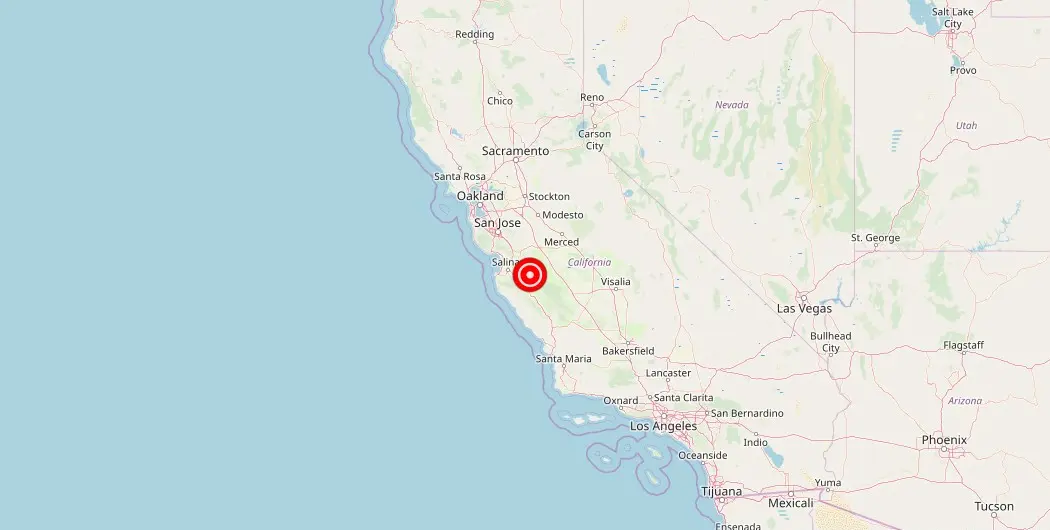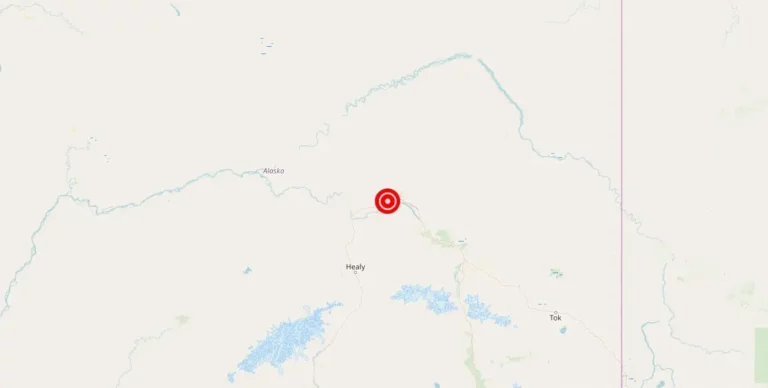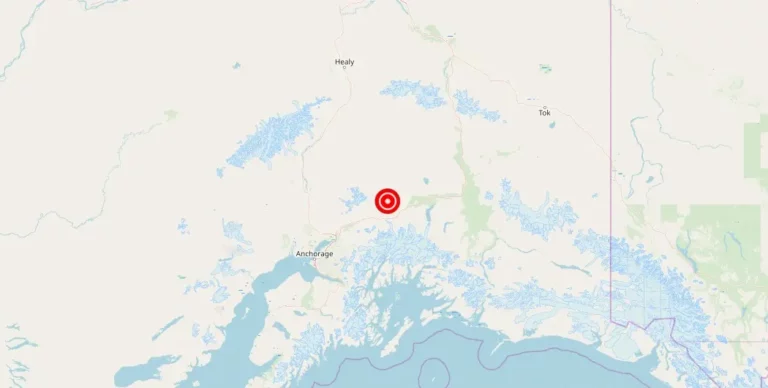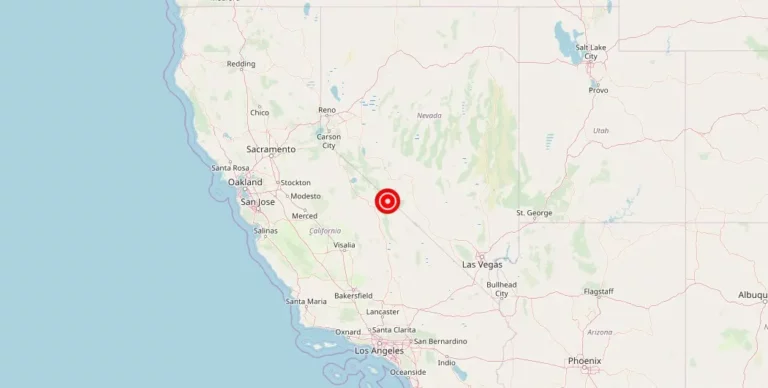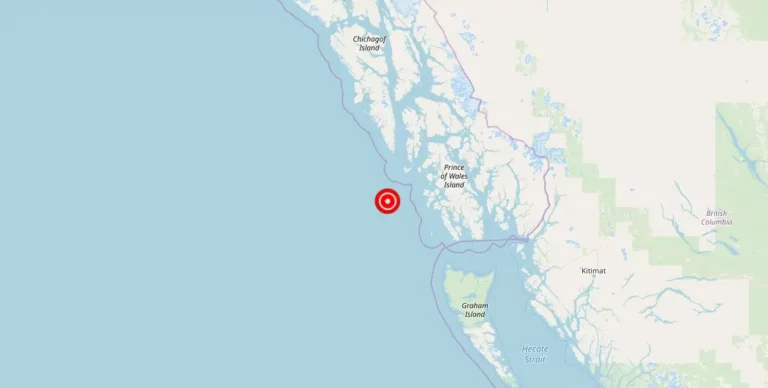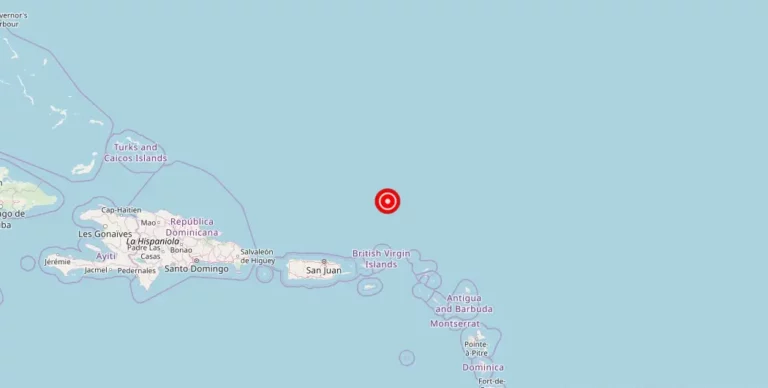Magnitude 1.89 earthquake recorded near Pinnacles, CA
On Wednesday, March 15, a 1.89 magnitude earthquake occurred 6 kilometers north-northwest of Pinnacles, California. While the earthquake was considered a minor event, it still highlights the importance of seismic monitoring and preparedness. Magnitude 1.89 earthquakes are typically only felt by individuals very near the epicenter and are unlikely to cause any significant damage. However, earthquake awareness and preparedness are always essential in earthquake-prone regions like California.
Exploring the Geology and History of Pinnacles Region, California.
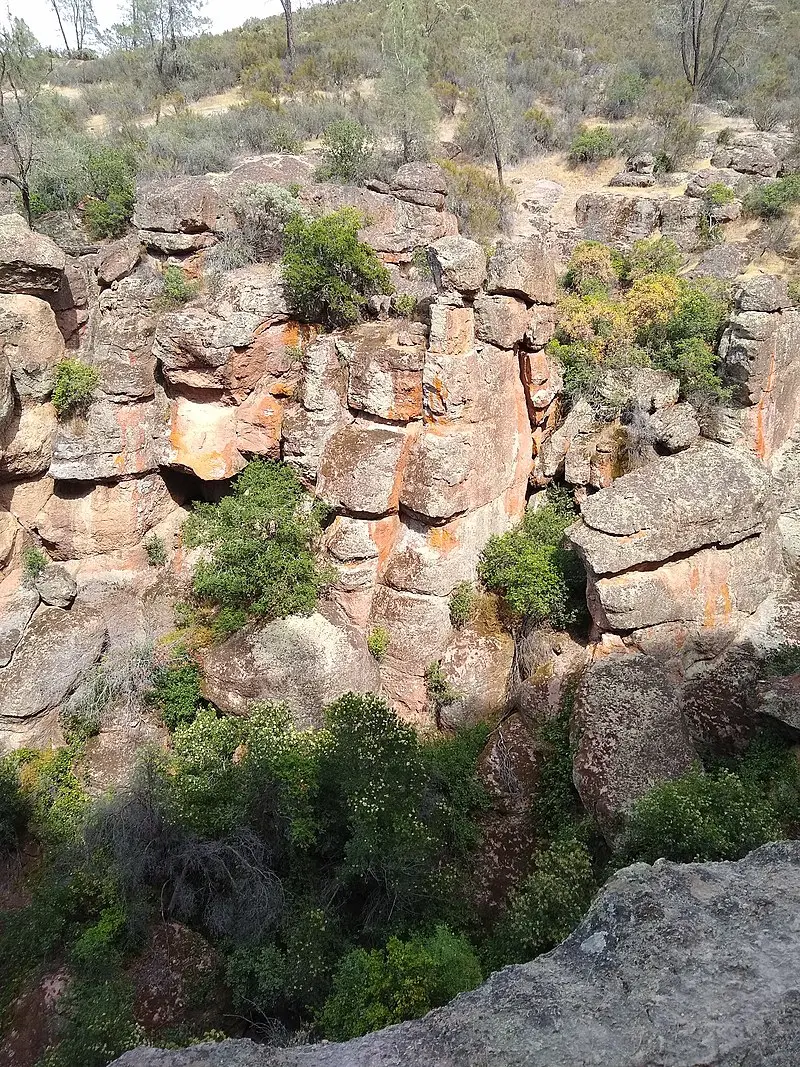
Pinnacles, California is a region located in the western United States. It is known for its rocky formations and hiking trails. The area is situated near the San Andreas Fault, which runs through much of California, and as such is prone to seismic activity. earthquakes in the region have been recorded throughout history, with varying degrees of severity. Recent monitoring of seismic activity in the area has shown a pattern of frequent, small earthquakes, which could potentially lead to a larger event in the future. Despite this risk, Pinnacles remains a popular destination for outdoor enthusiasts and tourists alike.
Potential Hazards and Dangers of Pinnacles Earthquake: Future Risks and Relevant Information
In the wake of a recent earthquake with a magnitude of 1.89 in the vicinity of Pinnacles, CA, residents and visitors to the region should be aware of potential hazards and dangers that could arise from future seismic activity. While this particular earthquake was relatively minor and not likely to cause significant damage or injury, it serves as a reminder of the ongoing risk of earthquakes in this area.
One of the most pressing hazards following an earthquake is the potential for aftershocks. These can occur for days or even weeks after the initial earthquake and can be just as dangerous if they are strong enough to cause structural damage or trigger landslides. Additionally, earthquakes can disrupt essential services such as power, water, and gas, making it important for residents to have emergency supplies and plans in place in case of extended outages.
For those living in areas prone to earthquakes, it is also crucial to know how to safely evacuate buildings or structures that may be at risk of collapse or other damage. This includes knowing how to identify safe zones and follow proper evacuation protocols, such as avoiding elevators and using stairs instead.
In the event of a larger earthquake or other natural disaster, aid and relief efforts will likely be coordinated by local and state agencies, such as the California Office of Emergency Services or the American Red Cross. It is important for residents to stay informed of these agencies and their resources, as well as to follow any guidance or instructions issued by emergency officials.
Above all, residents of earthquake-prone regions such as Pinnacles should remain vigilant and prepared for seismic activity at all times. By staying informed and taking action to mitigate potential risks, individuals and communities can better protect themselves in the event of a disaster.
Earthquake Resources
- USGS: The United States Geological Survey provides real-time earthquake information, including maps and earthquake alerts.
- FEMA: The Federal Emergency Management Agency can provide assistance to individuals and families affected by an earthquake, including disaster relief funding and housing assistance.
- Red Cross: The American Red Cross offers emergency services, such as shelter, food, and emotional support, for those affected by natural disasters like earthquakes.
- Ready.gov: This website provides information on how to prepare for earthquakes, such as creating an emergency kit and making a family communication plan.
- Cal OES: The California Governor’s Office of Emergency Services provides information and resources for individuals and families affected by natural disasters in California, including earthquakes.
